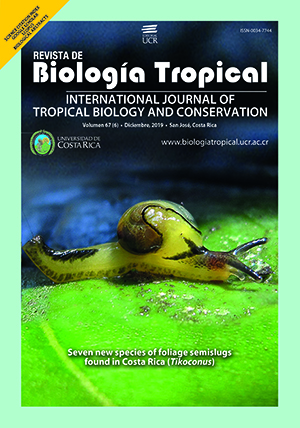Resumen
Análisis de subpoblaciones cinéticas y morfométricas de espermatozoides con sistemas CASA: una revisión. La valoración subjetiva de la calidad seminal ha dado paso al uso de las técnicas objetivas de valoración por medio de la tecnología CASA (computer-assisted semen analysis). Se pueden aplicar una serie de pruebas cinéticas, morfométricas, morfológicas o de integridad del DNA para caracterizar y entender la biología reproductiva del espermatozoide. En los últimos años se ha dado un cambio sustantivo de paradigma conceptual respecto de qué es un eyaculado. Cabe decir que hasta tiempos recientes se consideró que la representativa población (miles de millones) de espermatozoides estaba formado por células "equivalentes" con un objetivo común: ser el que finalmente pudiese fecundar el ovocito. La comprobación de que el conjunto de espermatozoides se agrupa en subpoblaciones bien definidas, de acuerdo con sus características cinéticas y/o morfométricas abre el camino hacia una visión más cooperativa. Además, se ha visto que la distribución subpoblacional es diferente entre individuos, lo que parece indicar diferentes estrategias que se pueden entender dentro de otro paradigma, el de la competencia espermática entre diferentes eyaculados. A pesar de que aún no se conoce el papel de las diferentes subpoblaciones o, se deben continuar los trabajos en esa dirección.
##plugins.facebook.comentarios##

Esta obra está bajo una licencia internacional Creative Commons Atribución 4.0.
Derechos de autor 2019 Anthony Valverde Abarca, Olivier Castro-Morales, Mónica Mdrigal-Valverde







